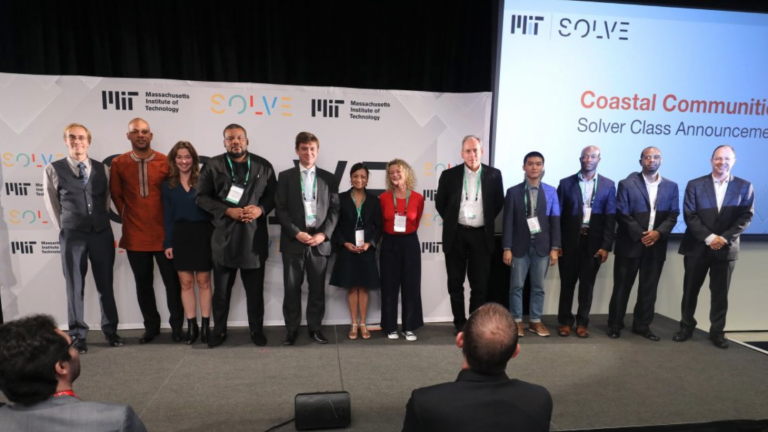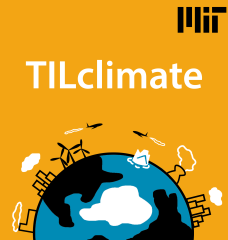
On March 1, we asked innovators all over the world, how can coastal communities mitigate and adapt to climate change while developing and prospering? The 130 Coastal Communities solutions we received took many surprising and impressive angles such as cultural heritage, food tech, and even biofuel toilets.
After closely reviewing these innovative and inspiring applications, the Coastal Communities Challenge Leaders selected 15 finalists to pitch their solutions in front of the Solve community. On September 23, we heard those pitches live at Solve Challenge Finals, and our expert judges have selected eight of the most promising solutions to join the Solve community. We’re thrilled to announce our new Coastal Communities Solver class.
1. ColdHubs
ColdHubs provides 24/7 solar powered refrigeration in markets and farms that have no cold storage available. This system eliminates fresh fish spoilage and makes fish consumption safer, ultimately increasing the household income of small scale fishers—and creating employment opportunities for women.
2. Green Keeper Africa
Green Keeper Africa harvests an invasive weed, water hyacinth, and transforms the plant into a fiber that can absorb oil spills. Their product is collected by local communities, sold to industrial clients for oil clean-up, and then used as fuel for cement kilns.
3. Green Stream Technologies
Green Stream Technologies deploys small, low-cost sensors over roadways and creeks to increase situational awareness during flood events. The monitoring systems reports in real time to citizens and government authorities who are able to quickly make informed decisions that reduce flooding disasters or deaths.
4. GROW Oyster Reefs!
GROW Oyster Reefs! plants a concrete structure on the ocean floor that provides a healthy habitat for oysters to grow and flourish. The newly formed oyster reefs act as living infrastructures, removing toxins and protecting coastlines from storms and tidal surges.
5. Highland Rice Farming
Highland Rice Farming attaches rice seeds to a biodegradable film that allows rice to be grown without flooding fields. This solution enables farmers to move away from lowland areas at risk of sea level rise. As part of that process, it saves 70 percent of water consumption, eliminates methane production, and cuts 50 percent of labor costs.
6. ISeeChange
From New Orleans to Kenya to Kerala, ISeeChange’s global community documents local change and helps connect the dots to bigger picture trends in their region. Users upload their ground level accounts of climate impacts to improve models and ensure effective benefits from public or private development projects to improve vulnerable infrastructure and emergency preparedness.
7. Marauder Robotics
Marauder Robotics sends out autonomous underwater drones to identify and remove sea urchins that create an imbalance in kelp forest ecosystems around the world. By reducing urchins, this system restores and maps the health of these ecosystems, absorbing additional carbon and increasing biological productivity.
8. Maritime Blockchain Labs
Maritime Blockchain Labs provides traceable information on fuel sources and additives from extraction or production through consumption. This helps reduce air emissions that impact public health in coastal communities and mitigates risks in a fuel supply chain that has been exposed to fraud and misappropriation.
9. Wave2O
Wave2O runs a desalination system that is powered by ocean waves. It operates off-grid and supplies drinkable fresh water at a competitive cost to remote communities that experience water scarcity, such as the islands of Cape Verde.
https://solve.mit.edu/articles/meet-the-solver-teams-introducing-our-co…





